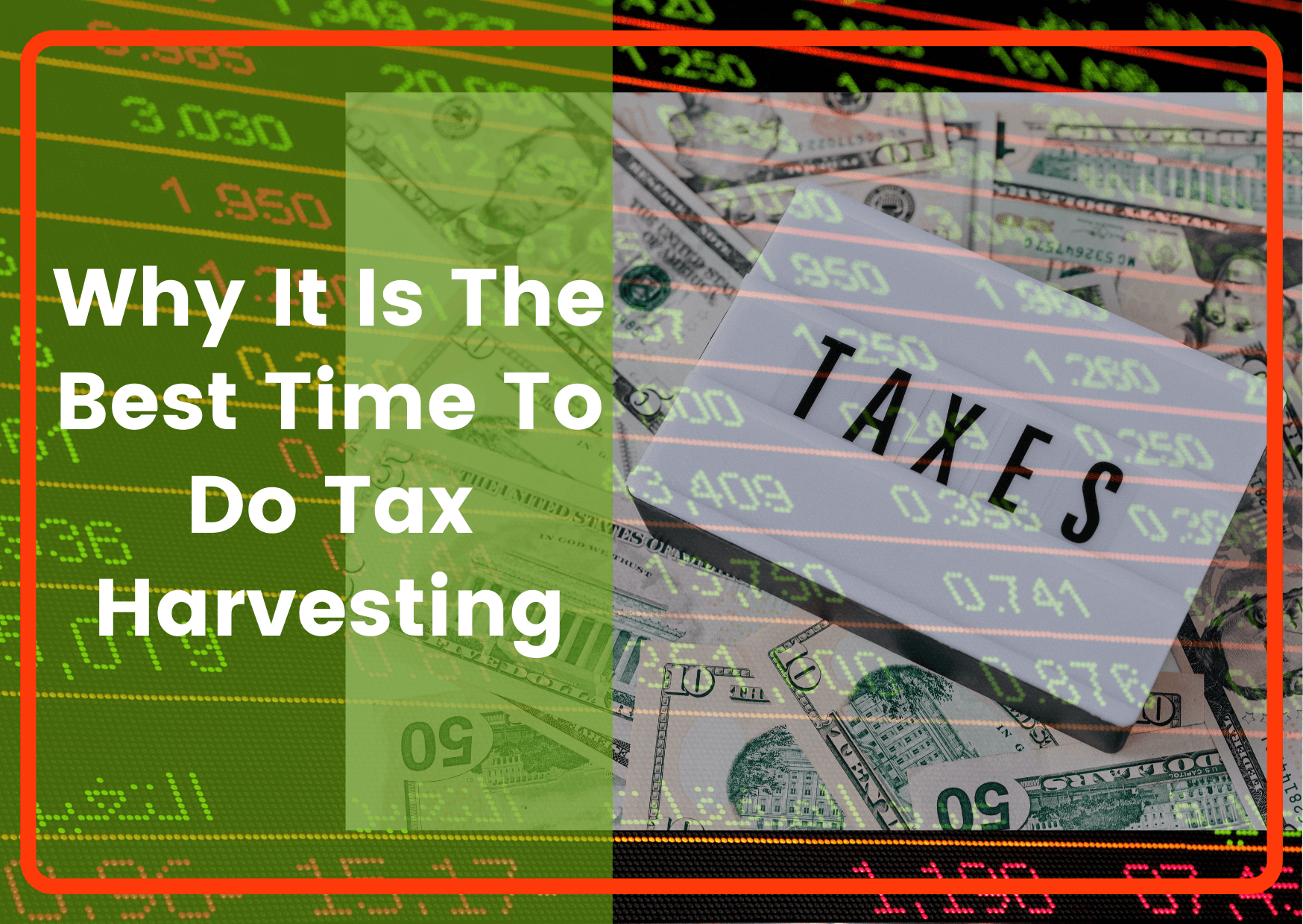Market is on an unprecedented bull run and no one knows how much further this run will continue. It is important that we protect the profits made so far from such uncertainty. And a simple way to protect ourselves from market uncertainty is by doing Tax Harvesting. In this article, I will explain why it is the best time to do Tax Harvesting.
What is Tax Harvesting
In simple terms, tax harvesting means selling a stock and then immediately buying it. Aim is to book profit or losses while retaining the number of shares. These profits and losses are then off-set for a financial year and if planned properly, it can help in reducing the tax outgo and increase profits.
I have already created detailed video explaining all concepts of Tax Harvesting, how to do Tax Harvesting in Real Life and Smart Tips for doing Tax Harvesting. You can watch these from below links of my You Tube channel.
Watch => Concepts of Tax Harvesting Explained (Youtube video)
Watch => Tax Harvesting – Real Life Application and Smart Tips (Youtube video)
Now coming back to the big question of Why to do Tax Harvesting NOW?? Well the simple answer is to maximize our current/future profits, remove market uncertainty from consideration and clean our portfolio to retain only quality stocks.
Let us explore both the situations – stock market continuing its bull run or crashing down – with an example.
Assume that you had purchased shares worth 1 Lakh rupees one year back (Year 0) and they are now valued at 2.5 Lakh rupees (Year 1).
Situation 1 – Stock Market Continues to Rise
What happens if Stocks continues to rise for 1 more year and your total valuation goes to 5 Lakh (Year 2)?
Following will be the tax outflow with or without Tax Harvesting.

As you see, total tax paid with harvesting is 20K and without harvesting is 30K while making same amount of profits (4 Lakh) – a saving of 10K for you
This is the scenario when prices keep increasing in year 2.
Situation 2 – Stock Market Crashes
Let us now look at what will happen if price falls in year 2. Assuming price falls back to 1 Lakh in Year 2

From a profits point of view, you are at no loss no gain since your purchase price and selling price is same after 2 years. But with tax harvesting, you have made on paper loss of 1.5 Lakh in year 2 which can be adjusted against Long Term gains of future for 8 consecutive years.
Let us see how that changes the calculations in Year 3 if price rises back to 5 L
Situation 3 – Stocks Rise Back after Falling

In year 3, the tax paid as per calculations is same 30K both with or without tax harvesting. But if we adjust the Year 2 losses from tax harvesting in year 3 profits, we will have to just pay 10%*(4L-1.5L-1L) = 15K as taxes.
Conclusion
So no matter whether the price of stocks increase or decrease, tax harvesting will help you make profits in long run. And best part is that it will be done without you having to sell your favorite stocks. Hence it is important that we do it now and take full benefit.
Hope you liked this article. Please feel free to share your feedback.



